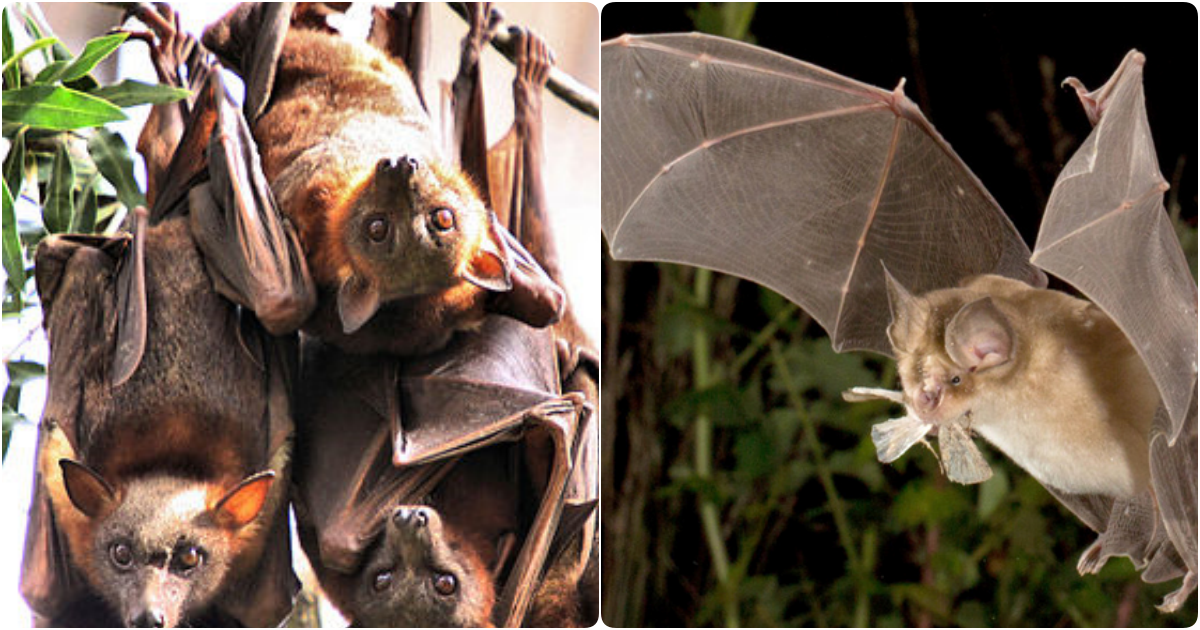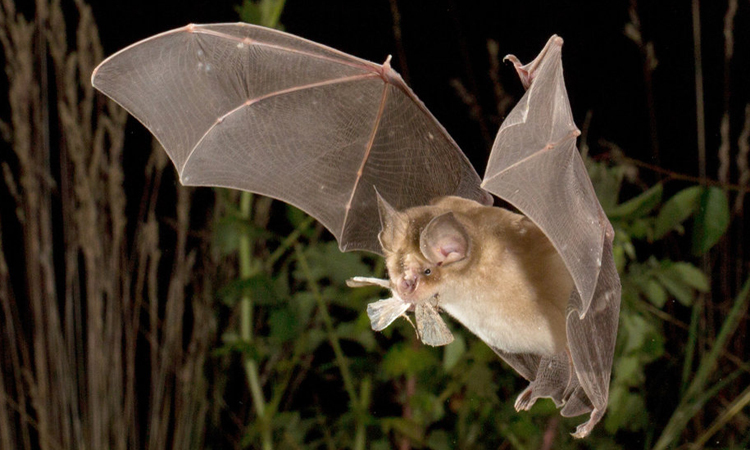Unveiling the Sonic Mastery of Bats: Navigating the Night with Unseen Precision

Bats, those enigmatic denizens of the night, possess a remarkable ability that has captivated scientists for decades: echolocation, the art of mapping their surroundings through sound. In a realm where darkness reigns, they have honed this skill to a level that challenges our understanding of the animal kingdom.
Contrary to common misconception, bats are not blind, yet their eyes aren’t the tools they rely on when dusk settles. Rather, it’s their adeptness in sound navigation that sets them apart. The symphony of bat calls reverberating around them, bouncing off their prey and obstacles, goes unnoticed by human ears. Yet, this auditory tapestry holds their key to survival.

This finely-tuned auditory prowess is a product of evolution, a testament to the intricacies of nature’s design. Through the magic of echolocation, bats orchestrate their hunts with surgical precision. The timing of a signal’s return, the direction it takes, and the frequency shifts are the brushstrokes on their canvas of darkness. And with these tools, they hunt.
The foundation of this remarkable ability lies in an innate comprehension of the speed of sound in their world. Bats, those aviators of the night, don’t measure distances like we do. Their world isn’t divided into feet or meters, but into the temporal intervals it takes for sound waves to journey and return. They sense not space, but time.
An audacious experiment sought to unravel this age-old mystery: the scientists raised bats from infancy in an atmosphere rich in helium, where the speed of sound is accelerated. The result was telling. Rather than adjusting their mapping based on the altered sonic landscape, the bats remained consistent in their perception of time. They didn’t recalibrate their senses; they simply adapted to their surroundings.
In their echolocation symphony, bats rewrite the rules of spatial perception. In their realm, a distance of 5 feet doesn’t matter; what counts is 9 milliseconds. The echoes that return hold the secrets of their world.
Remarkably, echoes of their mastery have reached our ears as well. With focused training, humans have been coaxed into understanding echolocation. By employing clicks of the tongue and other sounds, individuals have learned to navigate obstacles and discern shapes, mimicking, albeit imperfectly, the prowess of these nocturnal virtuosos.
Though we may never approach the finesse of bats, their world of sound and shadows offers us a glimpse into the marvels of nature’s adaptation. As we continue to unveil the secrets hidden in the night, we inch closer to understanding the symphony of life that dances in the unseen corners of our world.







